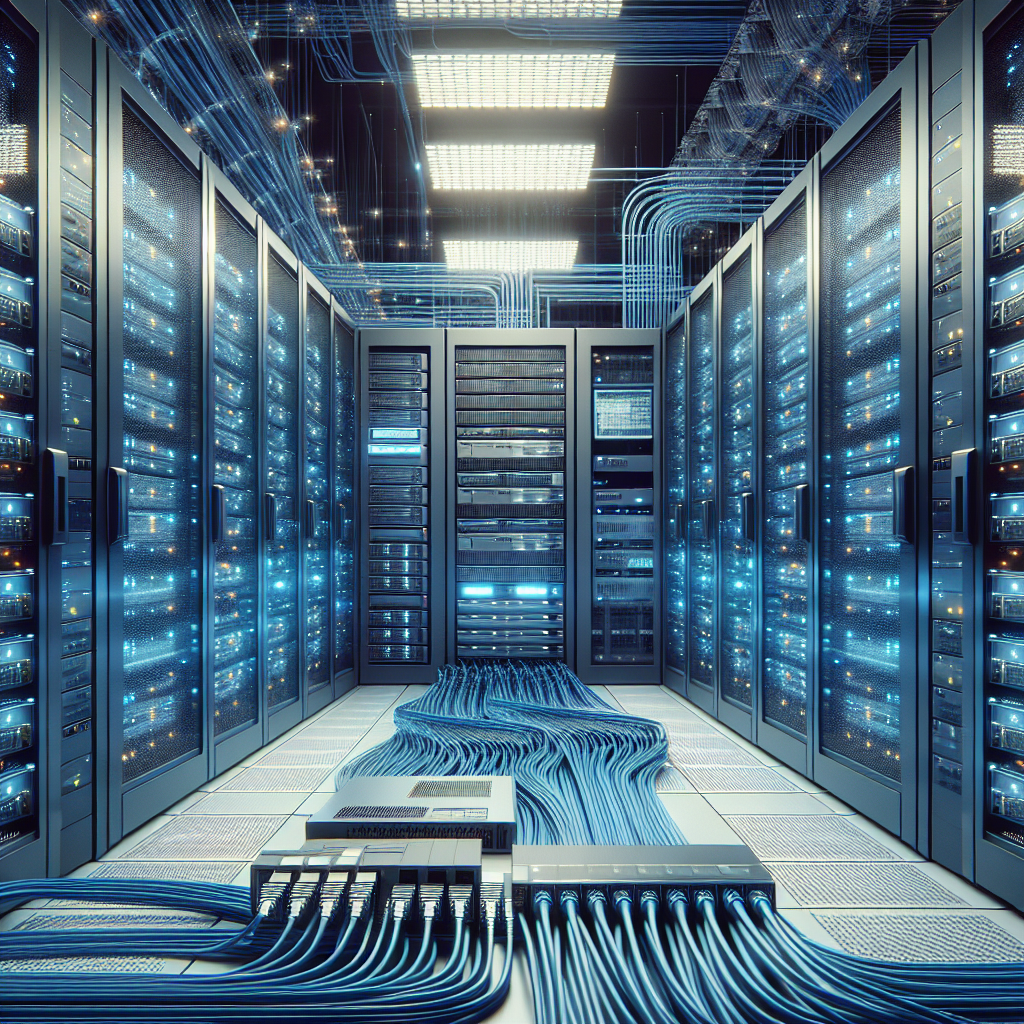Emerging Trends in Data Center Network Infrastructure
Data centers are the backbone of the digital world, serving as the foundation for the storage, processing, and distribution of data for businesses and organizations across the globe. As technology continues to evolve at a rapid pace, data center network infrastructure is also undergoing significant changes to meet the growing demands of modern computing.
One of the emerging trends in data center network infrastructure is the adoption of software-defined networking (SDN). SDN decouples the control plane from the data plane, allowing network administrators to manage and configure network resources through software applications. This flexibility enables greater scalability, automation, and agility in data center operations, making it easier to adapt to changing workloads and traffic patterns.
Another trend in data center network infrastructure is the implementation of intent-based networking (IBN). IBN uses machine learning and automation to analyze network traffic and automatically adjust network configurations to meet specific business objectives. This proactive approach to network management can improve network performance, security, and reliability, while reducing the burden on IT staff to manually configure and troubleshoot network issues.
The increasing adoption of cloud computing and hybrid cloud environments is also driving changes in data center network infrastructure. Many organizations are leveraging cloud services to offload data storage and processing tasks, leading to a more distributed network architecture. This shift towards cloud-based solutions requires data centers to have robust connectivity and integration capabilities to seamlessly communicate with cloud providers and other data centers.
The rise of edge computing is another key trend impacting data center network infrastructure. Edge computing involves processing data closer to where it is generated, such as IoT devices or mobile devices, rather than sending it to centralized data centers. This distributed computing model requires data centers to have low-latency, high-bandwidth connections to edge devices in order to deliver real-time applications and services.
Lastly, sustainability and energy efficiency are becoming increasingly important considerations in data center network infrastructure. With the growing demand for data storage and processing, data centers are consuming a significant amount of energy and contributing to carbon emissions. As a result, data center operators are exploring ways to reduce energy consumption through the use of renewable energy sources, energy-efficient hardware, and advanced cooling systems.
In conclusion, the data center network infrastructure is evolving to keep pace with the demands of modern computing. From software-defined networking to intent-based networking, cloud computing, edge computing, and sustainability initiatives, data center operators are embracing new technologies and strategies to improve network performance, scalability, and efficiency. By staying informed and adapting to these emerging trends, organizations can ensure their data centers are equipped to handle the demands of today’s digital age.


